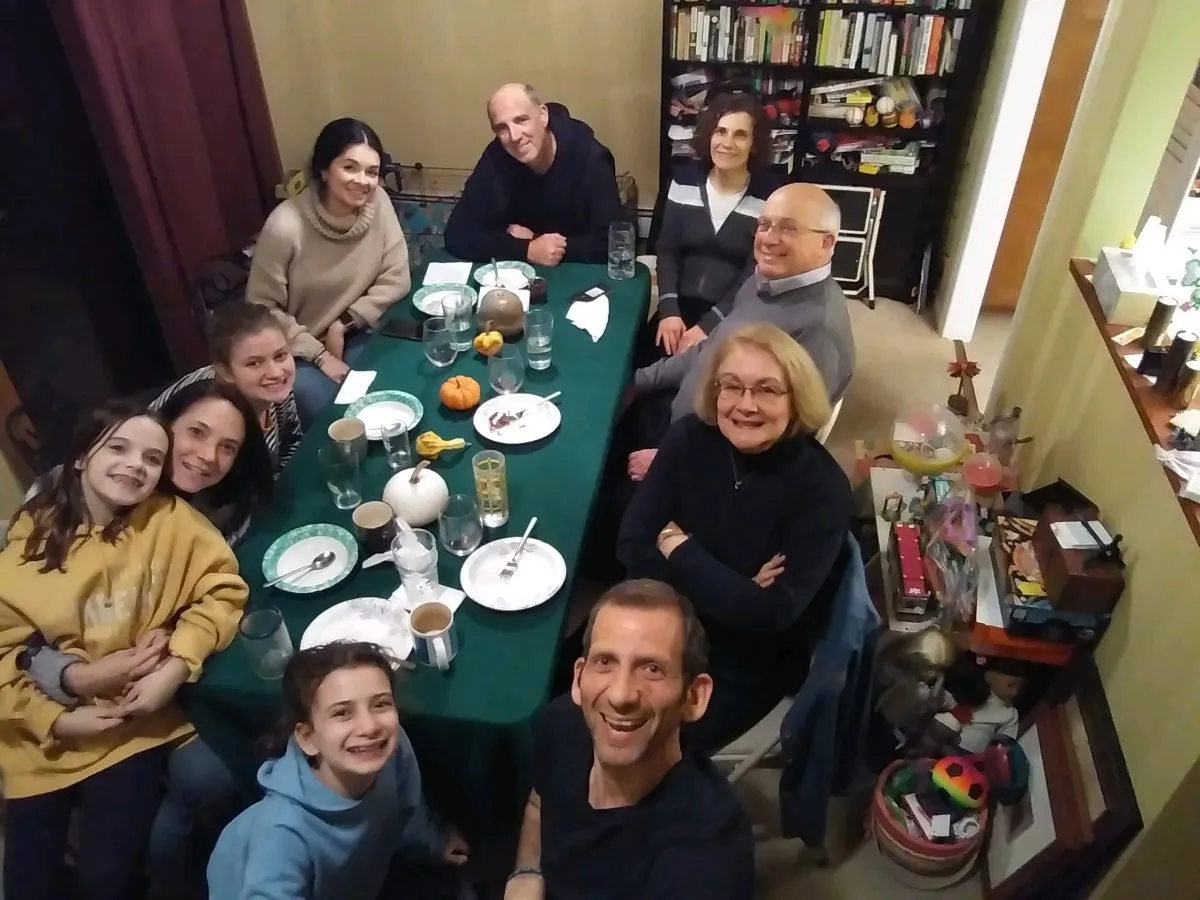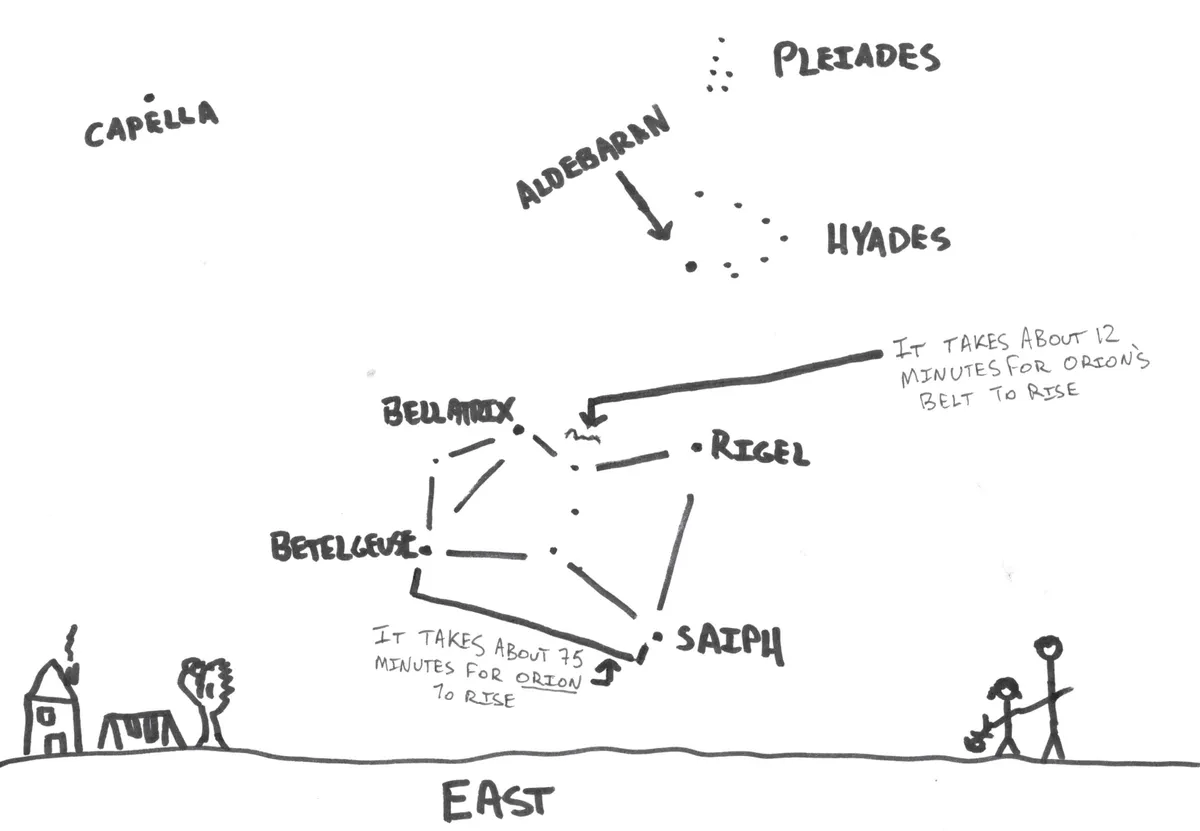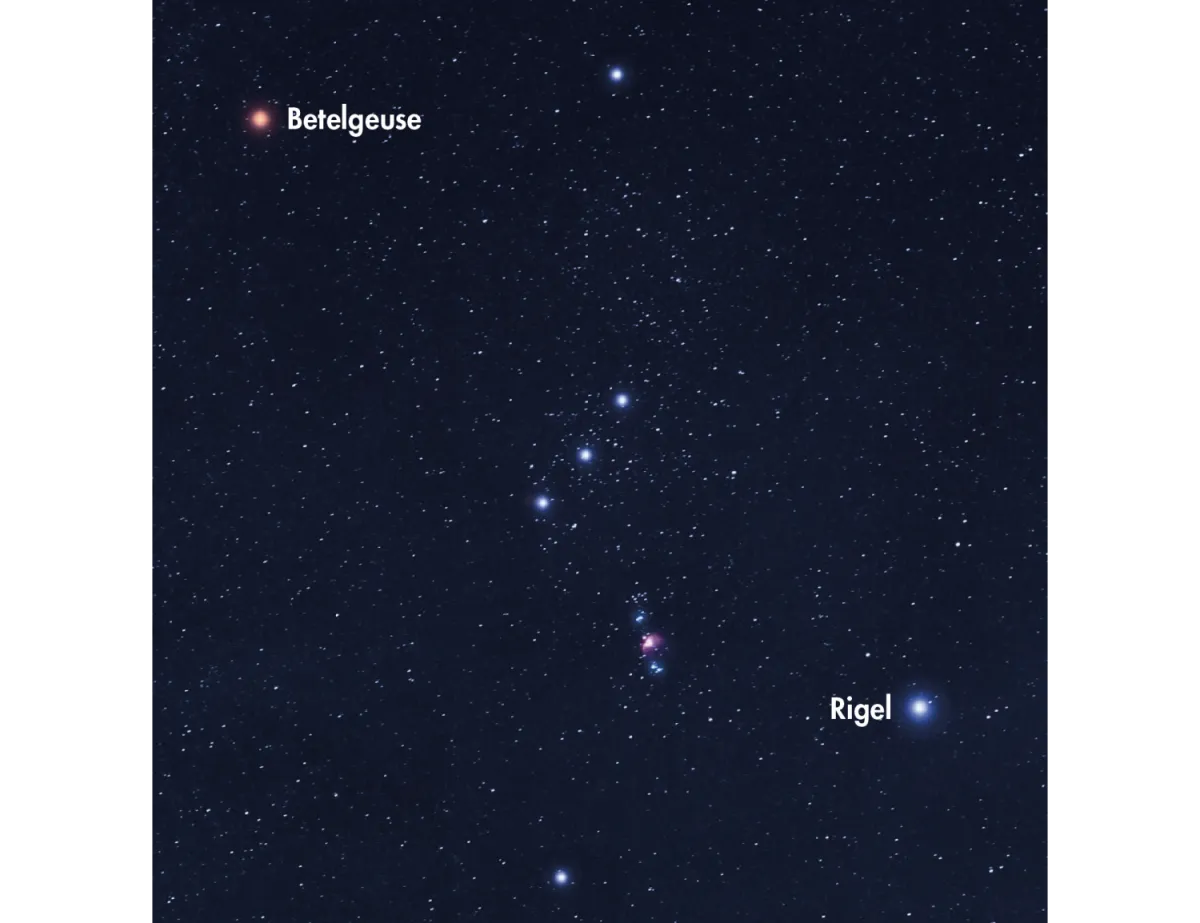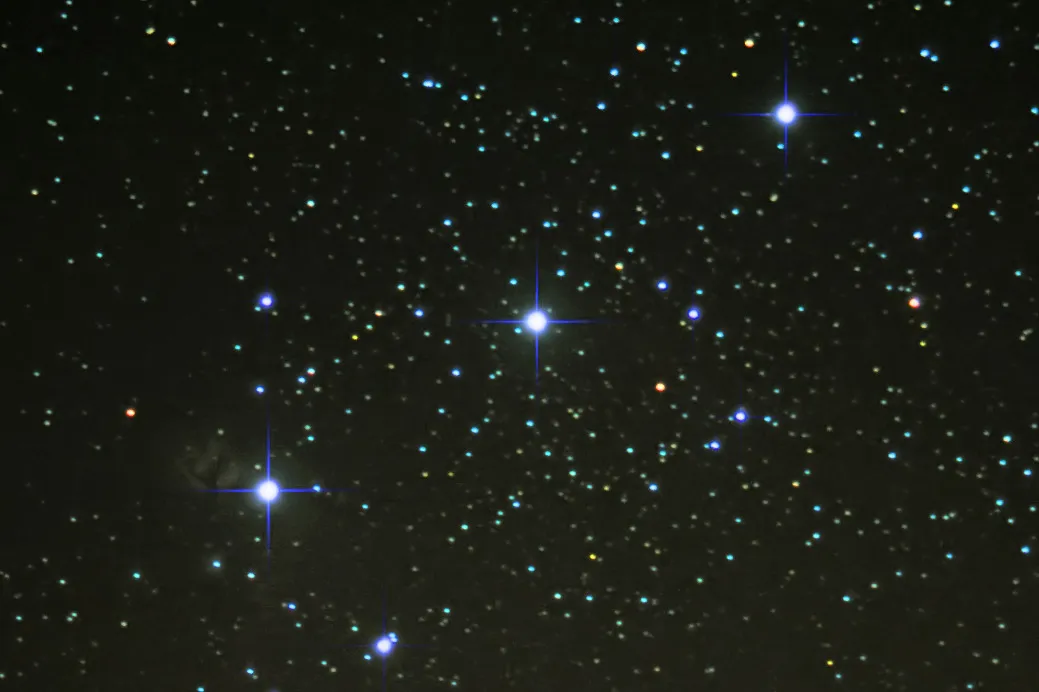Every year, as we in the US make our way through November and the last of the leaves fall to our feet, we inch closer to one of the best American holidays. Thanksgiving is usually a day spent watching parades, enjoying time with family and friends who none of us gets to see as often as we like, eating too much, and generally being grateful for the things we have, big or small.
But for those of you who celebrate Thanksgiving, have you ever used it as an opportunity to do some stargazing?
More winter astronomy:
- An astronomer's tour of autumn and winter targets
- Astronomy observing targets for the festive season
Things are different in 2021, as the COVID-19 pandemic continues to make things difficult for many of us. Most years, Thanksgiving can be something just short of absolute mayhem, with crowds with turkey and mashed potatoes and pies to tend to.
Recommendations are to keep celebrations small this time, and not risk any further infections. Either way, as hard as 2021 has been, I have plenty to be thankful for.
It’s not part of the tradition, but as bit of a Thanksgiving gift, here's something for you stargazers out there, whether you're in the US or elsewhere.

Thanksgiving isn’t just my favourite holiday, it’s one of my favourite nights of the year to look at the skies.
Just because the celebrations will be smaller this year, doesn’t mean we need to be apart. We all share the same sky, so let’s take some time to watch it together.
Once the food has been eaten, maybe the dishes cleared off, I like to step outside and head to my favourite south-facing patch of curb.
When I need it to, it magically transforms into my favourite east-facing patch of curb. Let’s head out there together. It’s cold this time of year, so I take a cup of tea along and watch Orion rise.

If you've had a few minutes recently, you might have noticed the bright lights of winter starting to make their way into the sky overhead.
In the constellation Taurus, the Pleiades cluster and Aldebaran (the bull's red eye) are the most obvious of them all. They’re all in the prime-time sky by mid-evening.
If you need help locating them, use a star chart, an astronomy app or free software like Stellarium.

Following just behind Taurus in the early parts of these late autumn nights is Bellatrix, the third brightest of Orion's stars. We think of it as one of his shoulders. Celestial objects rise in the east, so his eastern stars are closer to the ground.
As time goes on and we get deeper into autumn and winter, Orion will already be standing tall when darkness falls. It's not quite there yet, though. For now, as Orion joins the night, he's sort of lying on his back.
Around my corner of the Northeast US, around 40° north, Bellatrix clears the horizon around just before 6:30 PM, but I can't see anything until it clears the houses across the street a couple of hours later.
So, keep that and the shape of your neighbourhood in mind if you decide to join in. Maybe look out the window, or step into the early part of night a couple of times and see how things are moving along.

Orion's a big constellation. It’s about 19 degrees of arc from Bellatrix to the point where Saiph, his left foot, joins the sky. That's about the width of both fists held out at arm's length.
If you’re ready, here's where we need to do a little math.
There are 360 degrees in a circle; in a full rotation of Earth and the stars overhead. There are about 24 hours in a day. Three hundred sixty degrees divided by 24 hours means the sky moves by about 15 degrees each hour above our chilly seat on the curb.
15 degrees of sky movement in an hour, and 19 degrees across Orion. Once you see Bellatrix, one by one, you'll see Orion's other stars join it.
Rigel, Betelgeuse, the belt stars, the sword, and then, finally, Saiph will join the fun about an hour and a quarter later.

Before long, the tea will run out and hour outside on a cold night is a long time. I don't always have the time and the stomach for it, either. Instead, I sometimes like to use the Pleiades, Aldebaran and then Bellatrix as a countdown timer for Orion's belt, and then just watch those three.
Mintaka comes first, then Alnilam, which is one of the farthest stars you can see with the naked eye, almost 2000 light years away, and then finally Alnitak. It's about 3 degrees, the width of two fingers or so, across his belt.
As they pop into the sky, try to notice the way the sky around Orion changes, too. What other stars can you see? Is the Moon nearby? Maybe even see if the sights and smells in your neighbourhood change. As they rise, one by one, it isn’t hard to imagine Earth turning.
If you are a deep-sky observer, read our guide to the best targets to spot in Orion.

Back to the math! 15 degrees per hour divided by 60 minutes in an hour equals a quarter degree each minute. That means one degree takes 4 minutes.
The 3 degrees in the belt, times 4 minutes per degree...maybe, rather than spending an hour, you can take 12 minutes.
For me, those few minutes are some of the best of the evening. Don't get me wrong, the food and family are fantastic, and I'm thankful for all of it, but those few minutes to watch the Universe do its thing are something I'm also thankful for.
Don't worry if you can't make it tonight. We can watch this every night, a little earlier each time, for a while. Just make sure you get to it soon. Like I said, it won’t be long before Orion will be standing tall at sunset.
Happy Thanksgiving, wherever you are, thanks for reading and watching the skies together. Be safe and have a great Thanksgiving!
Scott Levine is a naked-eye astronomer and a science writer based in New York's Hudson Valley.
